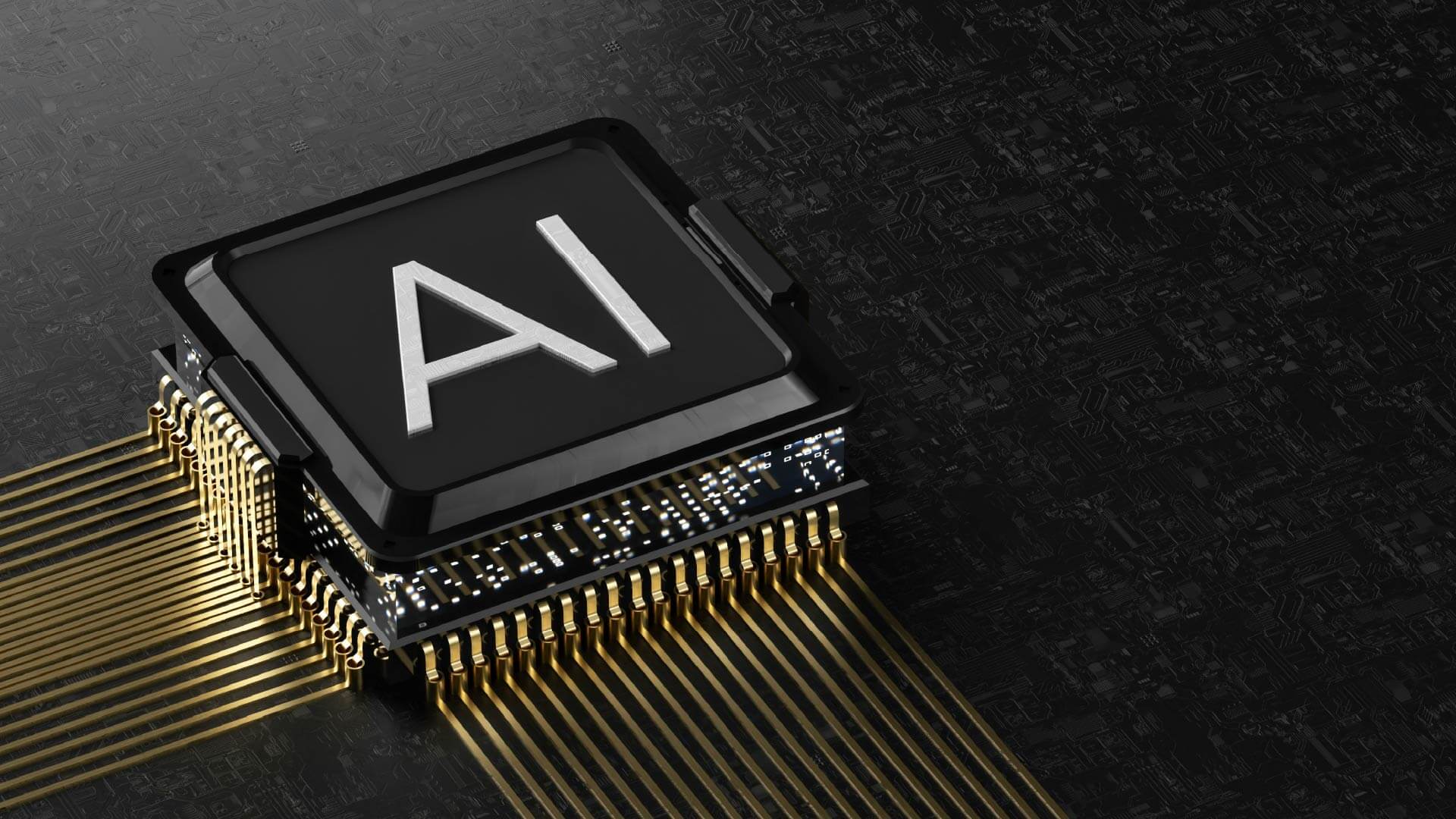Effective Strategies For Hardware Tech Providers To Boost Adoption
In today's rapidly advancing tech landscape, hardware innovations such as robotics, smart cameras and augmented reality (AR) glasses are transforming various industries. Robotics enhance tasks such as assembly, disassembly and moving heavy materials, improving productivity as well as safety. Smart cameras offer capabilities such as leak detection and product quality inspections with computer vision, which are invaluable in industrial settings. AR headsets provide remote assistance and digital work instructions without the need for hands-on tablet use, revolutionizing front-line work.
Despite these benefits, adoption is tough for many firms due to high costs driven by extensive R&D, sophisticated manufacturing and premium components. For instance, Apple’s Vision Pro headset starts at $3,499 per unit, making it inaccessible for many businesses. Basic Six-Axis Cobots cost around $20,000, while those with advanced features can exceed $100,000. High costs combined with macroeconomic instability leads to cautious spending, further limiting adoption. Additionally, hardware providers often face low margins, making it challenging to reduce prices.
To overcome these barriers, hardware providers must adapt a part of their business model or even their product. Firms can employ several strategies to increase adoption:
- Hardware as a Service (HaaS): Implementing flexible pricing models, such as subscription services or leasing options can spread out the costs over time, making these technologies more accessible. This model allows businesses to pay for hardware monthly or annually, reducing the initial financial burden. For instance, Deus Robotics, an end-to-end robotic solutions provider for warehouse automation, secured a seed round of $1.5 million in 2023 using a ‘Robotics as a Service’ model.
- Leveraging existing hardware: To reduce costs, providers can design products that utilize existing hardware. XREAL AR glasses, priced at $400-500, offload computing and graphics rendering to connected devices like phones or laptops. This makes the glasses lighter and more comfortable, as they don’t need powerful processors or large batteries. Using the processing power of existing devices also enhances performance and reduces costs, offering a smoother AR experience without expensive hardware components.
- Focusing on productivity KPIs: Emphasizing the direct benefits of hardware on key performance indicators (KPIs) such as productivity, efficiency and ROI can help justify the investment. Demonstrating how these technologies lead to significant cost savings and performance improvements can make a compelling case for adoption.
- Forming partnerships to tap into existing networks: Establishing tech partnerships can provide access to established distribution channels, shared resources and complementary technologies, making it easier to introduce high-cost hardware to a broader audience. For example, smart camera provider FLIR has made notable partnerships with computer vision firms such as IntelliView, an emissions and leak detection analytics provider, and Neurala, a US-based AI vision software firm.
Addressing the cost barriers that hinder adoption of advanced hardware technologies is crucial for their widespread utilization. By implementing flexible pricing models, enhancing perceived value and developing new distribution strategies, hardware tech providers can make these innovative solutions more accessible. Prioritizing affordability while maintaining quality and value will ensure that transformative technologies such as robotics, smart cameras and AR reach their full potential and benefit a broader audience. It's time for hardware firms to innovate not just in their products, but also in their approach to market adoption, ensuring a future where cutting-edge technology is accessible to all.
About The Author

Henry Kirkman
Industry Analyst





